I was there for your oral and poster in 2006, with enthusiasm (was it really 14 years ago?). All of those materials are a great resource for those of us who know how to find them. But how are you reaching others?
I've trained jewelry pros around the USA for a dozen years. During corona I've done a series of diamond and gemstone webinars with average attendance of 100+ pros per session. Candidly, topics like those we're discussing remain completely unknown until I introduce them. To career jewelers.
[/QUOTE
I am not a teacher.
I am the researcher and developer. I am member of big highly skilled team that develops software, hardware , writes articles, does presentations, helps many manufactures to improve diamond cuts and process flow.
Our products like Diamcalc , Dibox and now Cutwise help many professionals to understand diamond cut, design new nice cuts, improve old designs.
other products as Helium, Galahad help produce diamond according CAD designs.
our articles had bean read many other researchers and developers, and also some teachers .
Also I train few teachers and am creating diamond beauty workshop, sometimes I prepare presentations ( for example for GIA symposiums ).
I have a dream to combine all these materials in one book.
Many my works are under NDA and I can not describe it here .
Also last 20 years I am fight against destructive diamond industry concepts like: Ideal cut, Forever.
see for example our presentation
“Diamond Impression: Key to Sustainable Competitiveness”
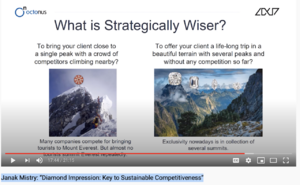
Last edited:

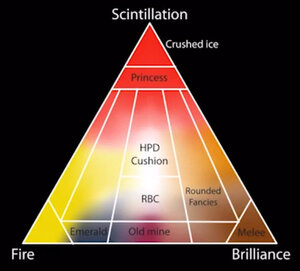
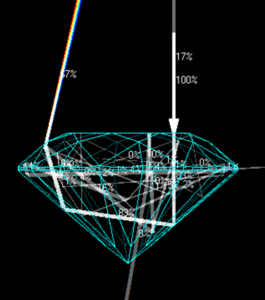
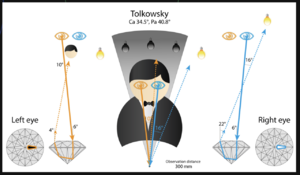
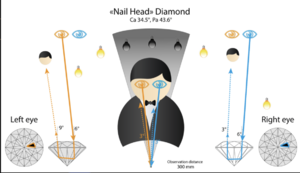
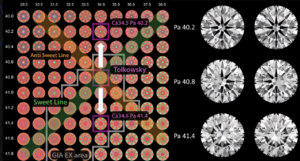
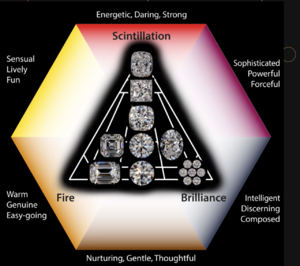
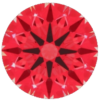
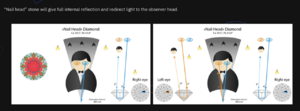
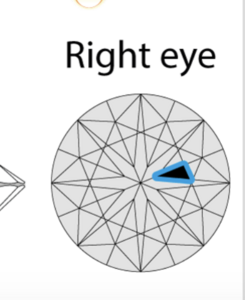
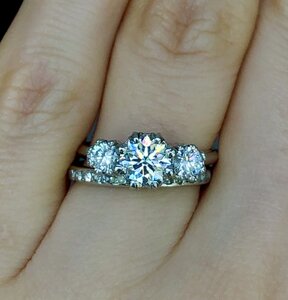
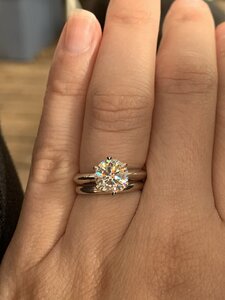
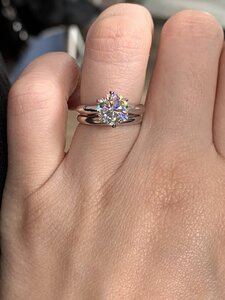
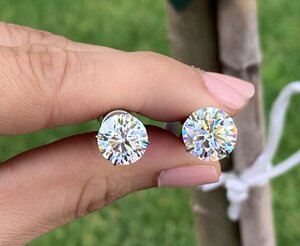
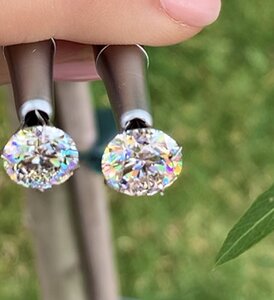
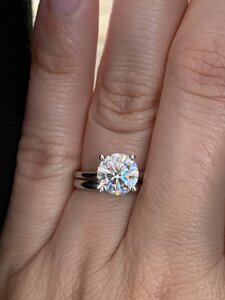
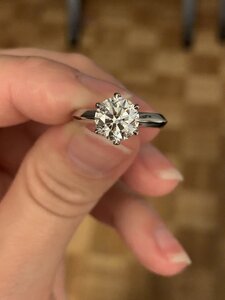


300x240.png)